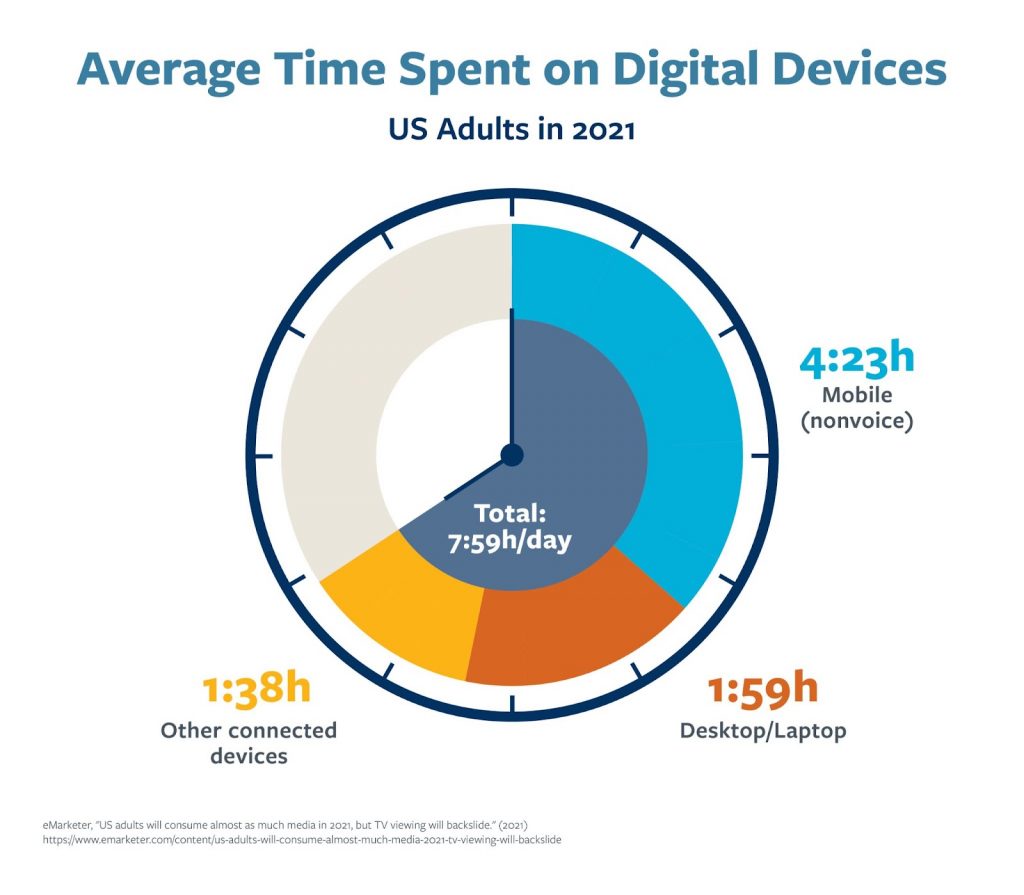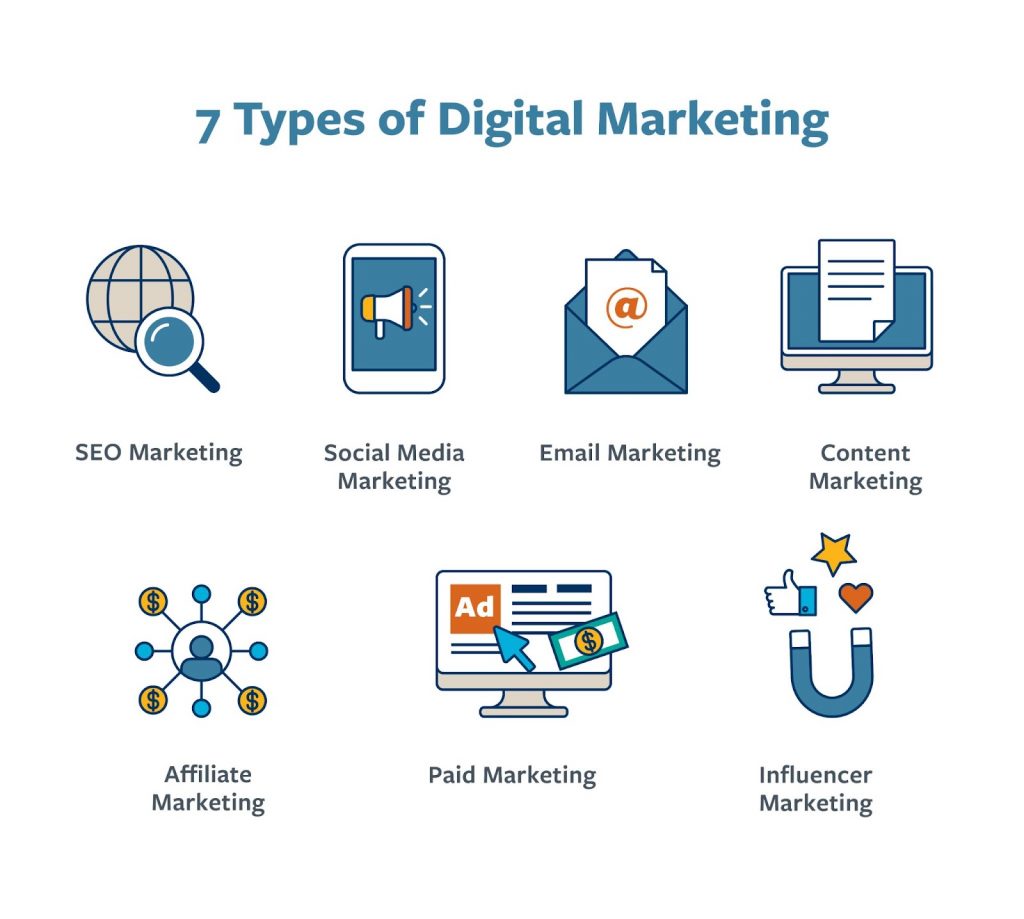From the moment the first newspaper advertisement appeared in 1704, marketing has been an ever-present reality in Americans’ daily lives as businesses have sought to raise awareness of their products and services — and gain an advantage over their competitors.
Marketing has also continually evolved. In 1922, the first radio ad aired, and it was followed 19 years later by the first television ad. From that point forward, businesses continued to get more sophisticated and savvy.
In 1983, the advent of the Internet signaled a new age of marketing, one that’s given us social media and search engine optimization — not to mention email and content marketing. While studies have shown that most people don’t mind watching televised ads, companies began spending more on digital ads than traditional ads in 2019 and, just a year later, advertisers were spending $151 billion on digital ads vs. $107 billion on televised ones.
So yes, marketing is vastly different than it once was, but the goal remains the same: raise brand awareness, attract customers and remain a step ahead of the competition. At the same time, it is important to note that, while digital marketing has risen to prominence, there remains a place for traditional marketing. One study revealed that marketing campaigns combining digital and traditional elements are 400 percent more effective than those that do not.
 Live Chat
Live Chat


